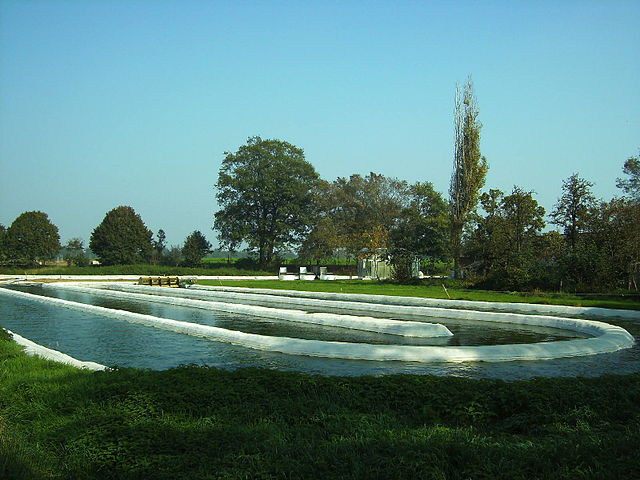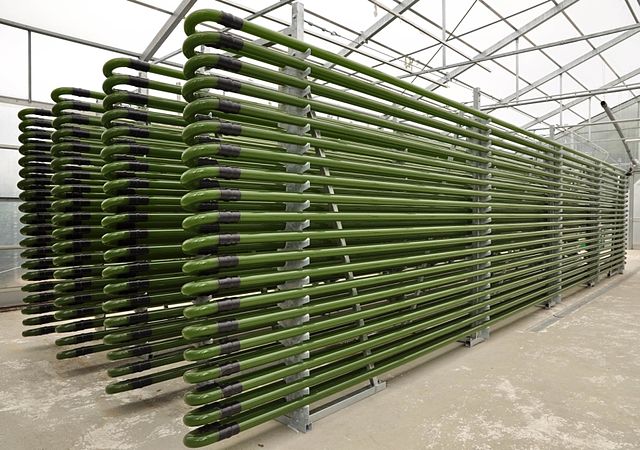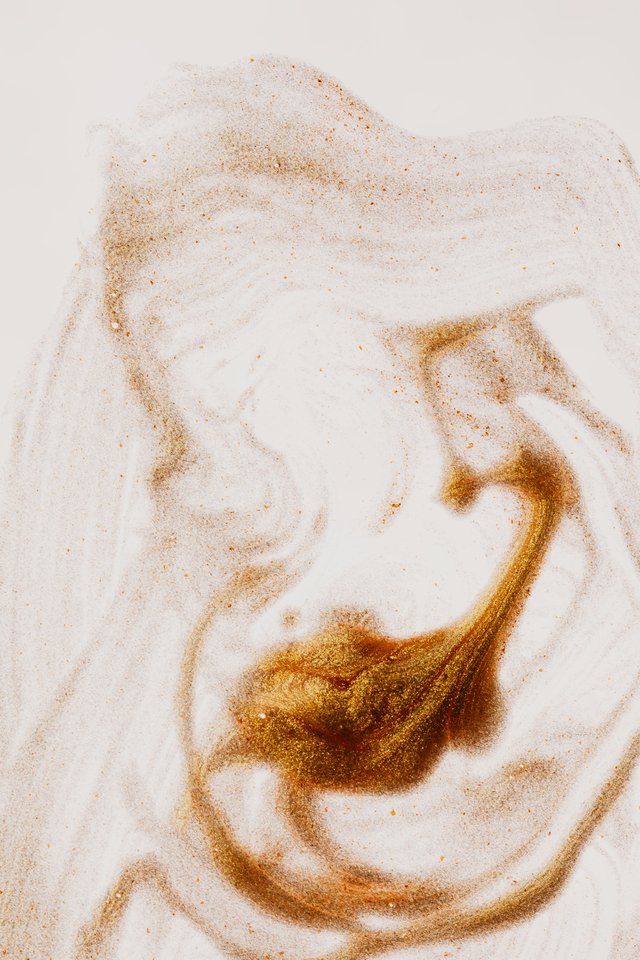goldenscale algae
They came looking for the fabled gold of $COUNTRY. I don't this is quite what they had in mind.A monocellular freshwater algae with a characteristic 'flake gold' colour, Goldenscale algae is extensively farmed for bio-oil, especially for the production of phykoleum.
Commercial uses
Use as feed
Goldenscale's ease of cultivation and high protein content means that it has historically been grown as livestock feed by the rural farmers of $CONTINENT. The algae was pressed using a simple hand-crank, similar to a cider or olive press, to extract oil. The oil was used for light and heat, and the remaining biomass pulverised into a mash and fed to livestock. Goldenscale biomass contains up to 50% protein, 20% fat, and 15% carbohydrate, but, although it has supplemented the diets of farmers as a food of last resort, it is not grown for consumption outside of livestock feed. Faun and other principally herbivorous deorfolk may be able to digest the biomass, but goldenscale is not considered suitable for human consumption, as it is difficult to digest and can cause inflammation of the digestive system.Use as a fuel
The algae oil's conversion into biodiesel evolved out of its traditional use as heating oil. It was first explored by $PERSON in $YEAR and developed into a commercial crop over the next $NUM years. Easy to cultivate, Goldenscale oil's high lipid content (over 50%), combined with the algae's rapid growth rate and tolerance to high population density means that it is an ideal candidate for bio-oil production.Methods of farming
Open pond

Microalgenkwekerij te Heure bij Borculo by JanB46
Photobioreactors

Photobioreactor PBR 4000 G IGV Biotech by IGV Biotech
The principle needs of goldenscae are carbon dioxide, water, and a small amount of nutrients, all of which are readily available. CO2 sourcing at the scale required to support commercial production of goldenscae means that photobioreactors are often found in industrial areas.
Remove these ads. Join the Worldbuilders Guild




Comments